‘It was the best of times, it was the worst of times’.
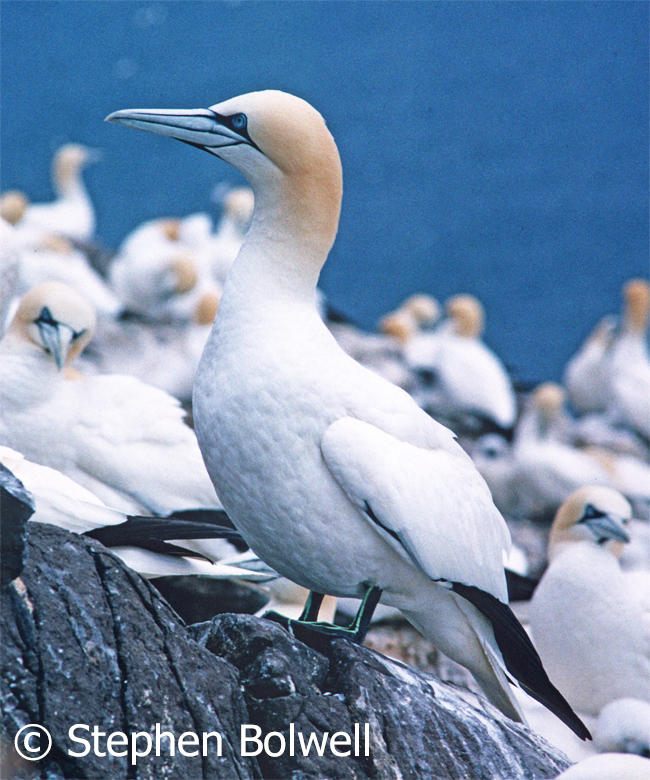 What the Dickens does that mean?… Well, it was ‘the best of times’ when I found myself on an Scottish island amongst thousands of nesting gannets totally indifferent to being photographed, allowing a wide angle lens to be placed almost under their beaks and in focus from here to ‘almost’ infinity – taking infinity to be that strange little 8 lying on its side at the far end of the focusing ring, otherwise known as a lemniscate.
What the Dickens does that mean?… Well, it was ‘the best of times’ when I found myself on an Scottish island amongst thousands of nesting gannets totally indifferent to being photographed, allowing a wide angle lens to be placed almost under their beaks and in focus from here to ‘almost’ infinity – taking infinity to be that strange little 8 lying on its side at the far end of the focusing ring, otherwise known as a lemniscate.
‘The worst of times’ had already happened a month and a half earlier, at the opposite end of Britain. I managed to get myself dumped off on a very different sort of island to photograph a colony of sandwich terns; and the process hadn’t been easy, although the birds were at least co-operating by not moving, and this probably wasn’t a big plus for a movie, but worked well for stills – you can’ have everything. Their lack of mobility however could be forgiven – the birds were sitting on eggs. The two main problems at this location were: a limited working time – to avoid disturbing the birds; and from a photographic perspective: a limited depth of field, because I had to work from a distance using a telephoto lens, which made focusing critical.
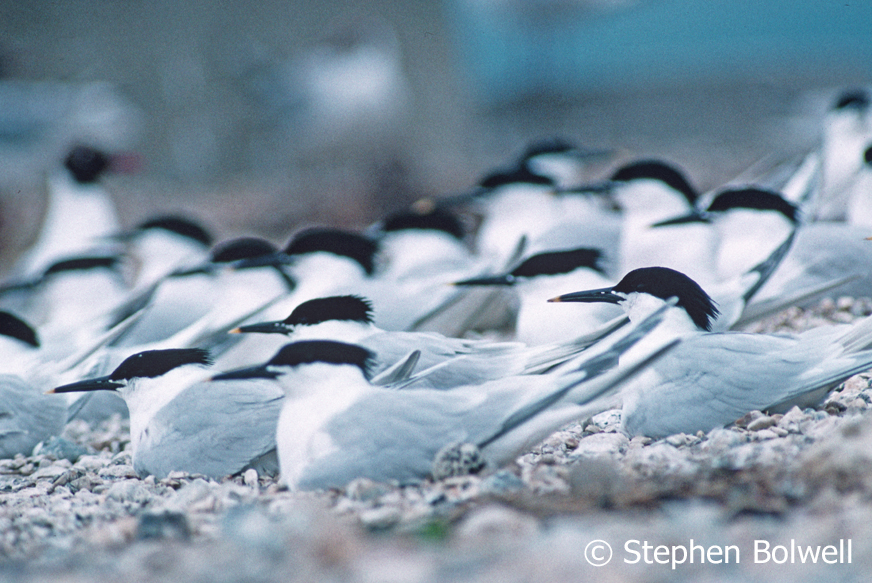
The gannets it turned out would get photographed on a sunnier day, against the intensity of a cerulean blue sky that spread expansively over an indigo sea. The gannets were nesting on Bass Rock, spilling in numbers both down and across a huge outcrop that had thrust up to form a volcanic plug sometime during the Carboniferous Period. This plug is all that remains now of the volcano itself, exposed dramatically above the water’s surface it provided a variety of photo opportunities. At the time I might have thought the day arranged specifically for me – but that would be pushing it: by great good fortune and a look at the weather forecast, the light and setting proved spectacular on this particular day – I’d just got lucky. On another day, on the North sea off the East Coast of Scotland the outcome might have been very different.
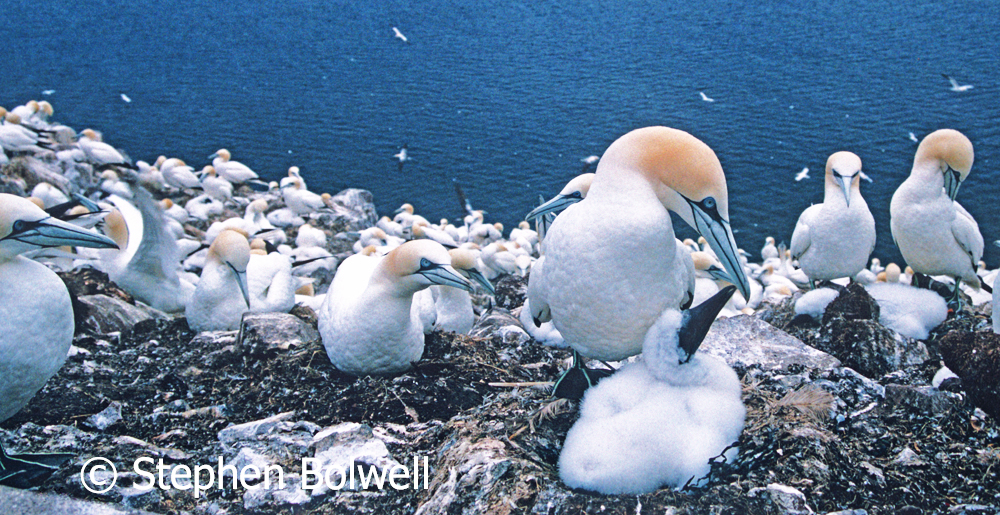
The sandwich terns on the other hand were photographed nesting on a flat stoney beach which had to be viewed with a very different perspective providing little more than a letter box of a picture – a photo opportunity that would prove very much different from the gannet experience.
At the time, the terns appeared to be sited at the more benign location, set as it was, on a small island in a sheltered environment on the South coast of England. But oddly, it was this colony that faced the greater danger.
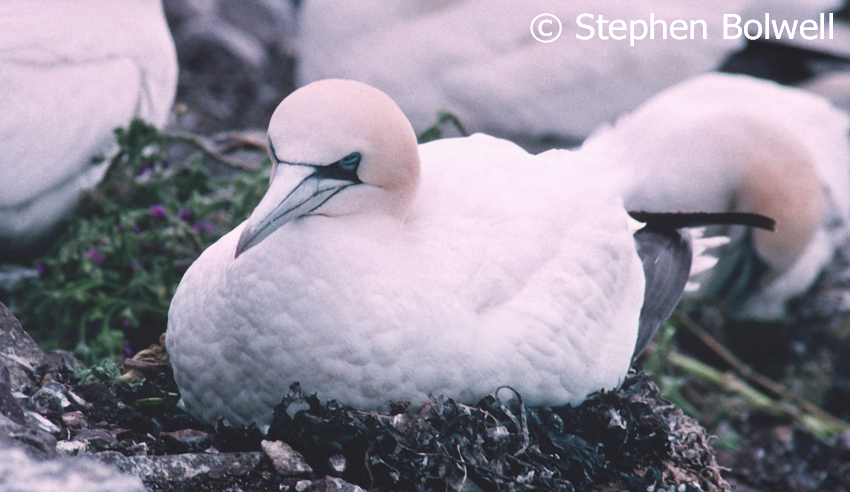 The gannet’s nest site was a challenging outcrop exposed to the worst vagaries of The North Sea, but these are tough birds and they cope. The tern colony on the other hand was set on a low lying beach in Langstone Harbour, which seems a far easier proposition, but the reality is that the terns birds can be flooded out by a single high tide. It has happened before: such an event is disastrous for both eggs and chicks, and might even turn out to be problematic for the longterm survival of the whole colony.
The gannet’s nest site was a challenging outcrop exposed to the worst vagaries of The North Sea, but these are tough birds and they cope. The tern colony on the other hand was set on a low lying beach in Langstone Harbour, which seems a far easier proposition, but the reality is that the terns birds can be flooded out by a single high tide. It has happened before: such an event is disastrous for both eggs and chicks, and might even turn out to be problematic for the longterm survival of the whole colony.
My luck seemed to be going the same way as the the terns might in the very near future – they seemed to be only just above the high tide line, and for the first ten minutes I didn’t manage an usable shot. Where do you set focus on birds that are nesting thirty metres away on a slightly raised but essentially flat beach. I was also uncomfortable crouched as I was in the tidal zone with my rear end almost in the water, looking out from a slit in my rapidly erected and flooding hide. Should I focus the telephoto lens on the tern front row, the second row, or the third? A logistical nightmare that wouldn’t be a problem when I later worked the gannets close in with a wide angle lens. Here I had no alternative but to use a long lens which afforded minimal depth of field (that’s what can be held in focus from front to back), when attempting close ups of the sitting terns.
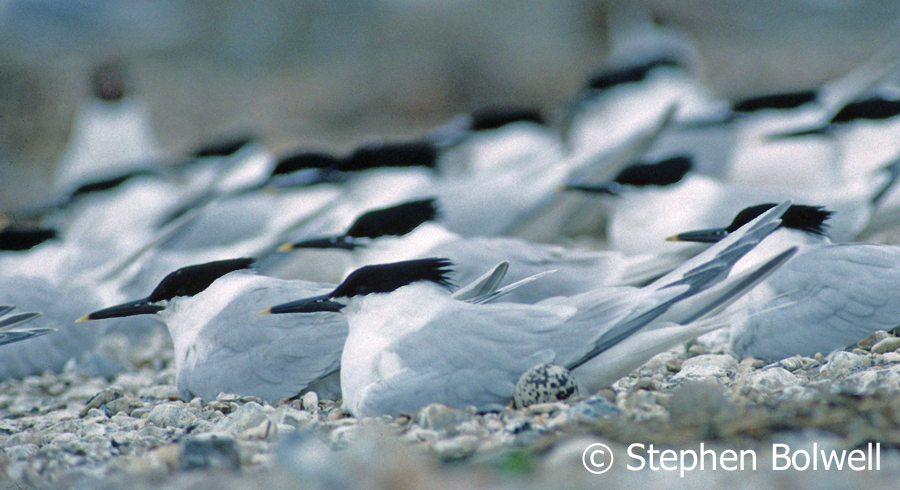
And I wouldn’t be thinking about any of this, if I hadn’t opened a couple of boxes of 35mm slides out of curiosity, when tidying my office. These were tiny reminders of adventures from the past – images that had been made almost as an afterthought back in 1993.
The sandwich terns were taken on the afternoon of 27th May when a conservation organisation allowed me 40 minutes on tern island. I had been set down from a small boat , leaving just enough time to put my hide up, film the colony, and get off without bothering the birds. They were sitting on eggs, which is a sensitive phase that usually I avoid, because nesting birds on an open beach are vulnerable, and I was anxious not to put them because there were black-headed gulls just waiting for an opportunity to move in on a tasty warm egg.
The gulls were also a problem because they kept messing up my shot by landing in the foreground, placing themselves between me and the terns. It was tricky, but I managed enough shots for a film sequence, before grabbing a few stills. The sky was overcast, but fortuitously bright; with very little in the way of wind to vibrate the camera or spook the birds, and they remained largely indifferent to my presence. After a very short time I was clambering back into the boat that had returned to collect me. As the vessel moved steadily away, the birds receded into the distance, and very soon became indistinguishable from the pebbles on the beach.
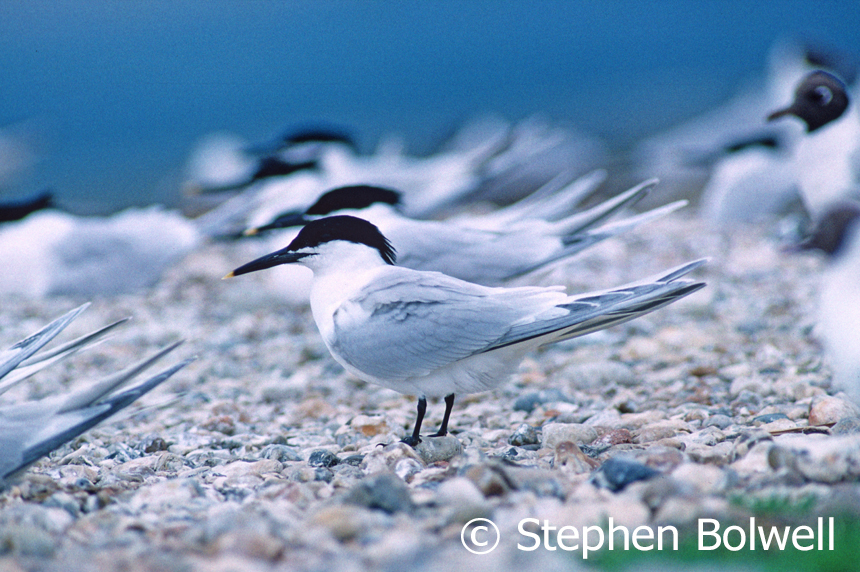
On the gannet outing there was more time to take pictures, and despite there being a film crew present, our party made very little disturbance. We moved with great care, hugging the slim pathways between colony members, the birds largely ignoring us. None were snappy, which was fortunate because much of the time I was working well within pecking distance and given their density it was impossible to stay beyond the beak range of a great many birds wherever you were on the island.
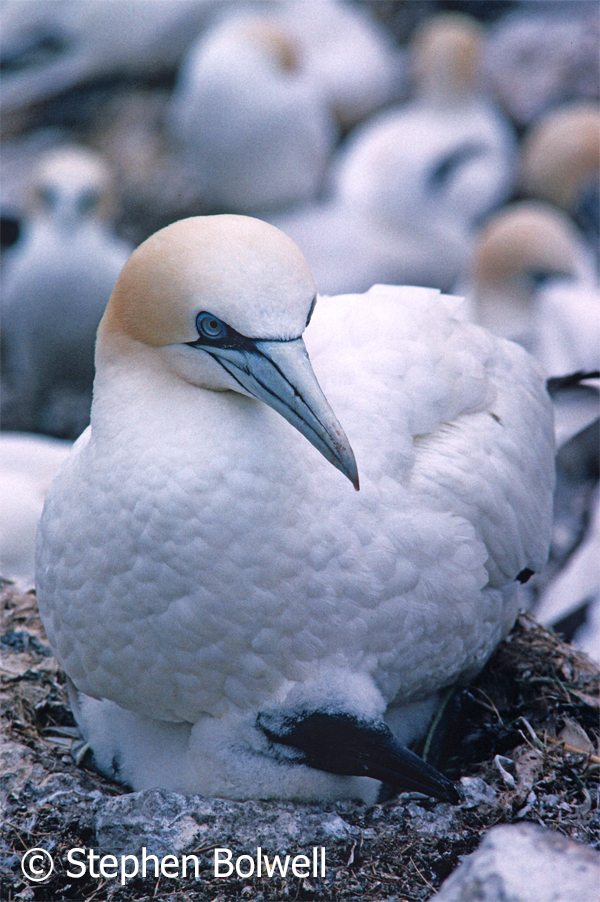 I filmed both the gannets and the programme presenter Chris Packham over a morning and an afternoon on 5th July. Working with friends I was given plenty of time to take stills pictures, and during the course of the day shot several hours of video. I suggested that we might hold a cassette back because there was so much material, but our director wouldn’t hear of it. All the tapes will now most likely be in landfill as production and T.V. companies can’t log and shelve everything – the alternatives back then were to either reuse the tapes, or simply dump them.
I filmed both the gannets and the programme presenter Chris Packham over a morning and an afternoon on 5th July. Working with friends I was given plenty of time to take stills pictures, and during the course of the day shot several hours of video. I suggested that we might hold a cassette back because there was so much material, but our director wouldn’t hear of it. All the tapes will now most likely be in landfill as production and T.V. companies can’t log and shelve everything – the alternatives back then were to either reuse the tapes, or simply dump them.
The only problem with Bass Rock was getting the gear and ourselves on and off the island. The skill of the boatmen who calmly made this possible, can’t be underestimated as there were both currents and a swells to deal with. The real problems start when you want to get off of a rocky island, because you wouldn’t be on it in the first place unless the weather was fair. Once in place there is a tendency to grab the opportunity to stay for as long as possible, but as the day progresses, the weather can turn nasty and decrease your chances of getting off safely. To a lesser extent this happened that day, with the boat rising and dropping several feet as we synchronised handing over the gear and then followed as if we were joining a carnival ride whist it was fully operating – timing was everything – anything that went into the water now would almost certainly be lost forever.
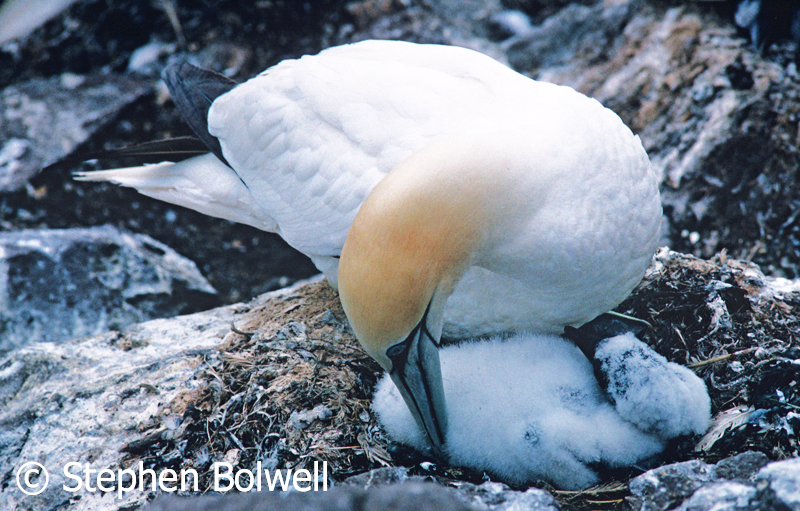 During 1993 I was busy working on a variety of projects and usually didn’t have time to look at my stills when they arrived back from processing. The images were in any case usually grabbed at the last moment, as I never worked primarily as a stills photographer. My technique was rather ad hoc, usually I took shots by balancing my stills camera on top of the cine, which was at least set on a tripod and everything was done very quickly. Usually, there was little time to take stills after filming was completed and I didn’t expect to achieve much in the way of usable material, consequently, many of my transparencies were never looked at.
During 1993 I was busy working on a variety of projects and usually didn’t have time to look at my stills when they arrived back from processing. The images were in any case usually grabbed at the last moment, as I never worked primarily as a stills photographer. My technique was rather ad hoc, usually I took shots by balancing my stills camera on top of the cine, which was at least set on a tripod and everything was done very quickly. Usually, there was little time to take stills after filming was completed and I didn’t expect to achieve much in the way of usable material, consequently, many of my transparencies were never looked at.
Back in the 1990s, when I wasn’t working, I was playing with my children. Stills photography was essentially a by-product of the job, and to my mind didn’t feature prominently in my life, although I carried a camera as frequently as some people would wear a watch, and would record rather than notice the passage of time. Now, nearly 25 years on, my old transparencies are bringing back happy memories – the idea that you should never look back must always be tempered by whether you can remember doing anything interesting.
In the early 1990s, there wasn’t a lot of money in taking stills pictures, unless you really worked hard at it to the exclusion of everything else. When you did send your originals off to a magazine for publication, they would often dutifully scratch or lose them, usually with great distain, as if it was a publishers duty to be incompetent. Sometimes they would pay a fee for the use of a picture, but usually this barely covered the price of the film stock – it was insulting, and a total waste of time; so I never sent out pictures even when requested to do so, and when ‘the book of the film’ went into production my pictures were, in most cases… never there.
So it was that only a few of my slides made it out of their boxes. I’d hold one up to the light for a squint and check for correct exposure… then put them away again. Were they in focus? How would I ever know without projecting them? It now seems a pity to have waited so long to bring them to light, because even by old film standards the results turned out better than expected.
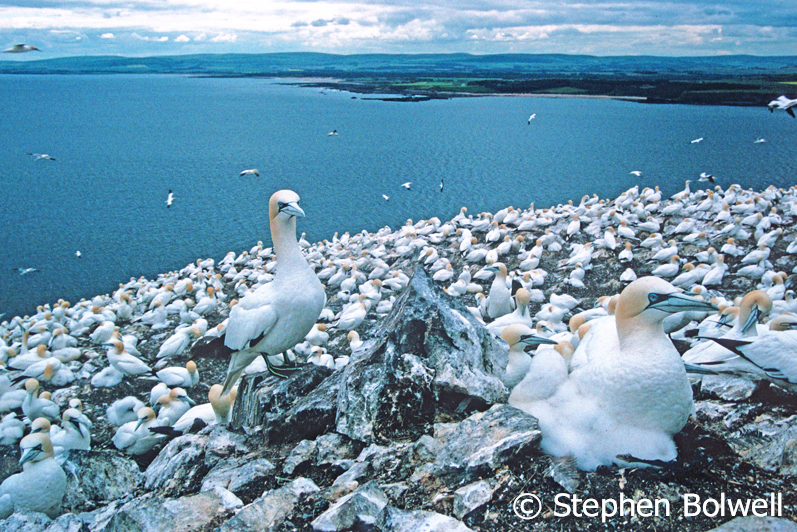
I must admit to have really enjoyed working on this series. It was the first time I’d used video on a project for television – at the time a great deal was being shot on magnetic tape. Previously I’d always worked with 16mm film, and must acknowledge the delight that comes from filming and editing programmes in this medium, but back then video provided some advantages that are still with us today when utilising digital photography.
One advantage of video tape and modern digital systems is that they capture more information than film is capable of in low light conditions. The first video shots I took on the series were on a dank miserable day in the New Forest – there was very little light and it rained almost continuously, so it was a surprise to me that these autumnal scenes and close ups displayed such good exposure and colour saturation. If I had been working on film, I doubt that I would have taken the camera out of its bag because the results would have been so poor.
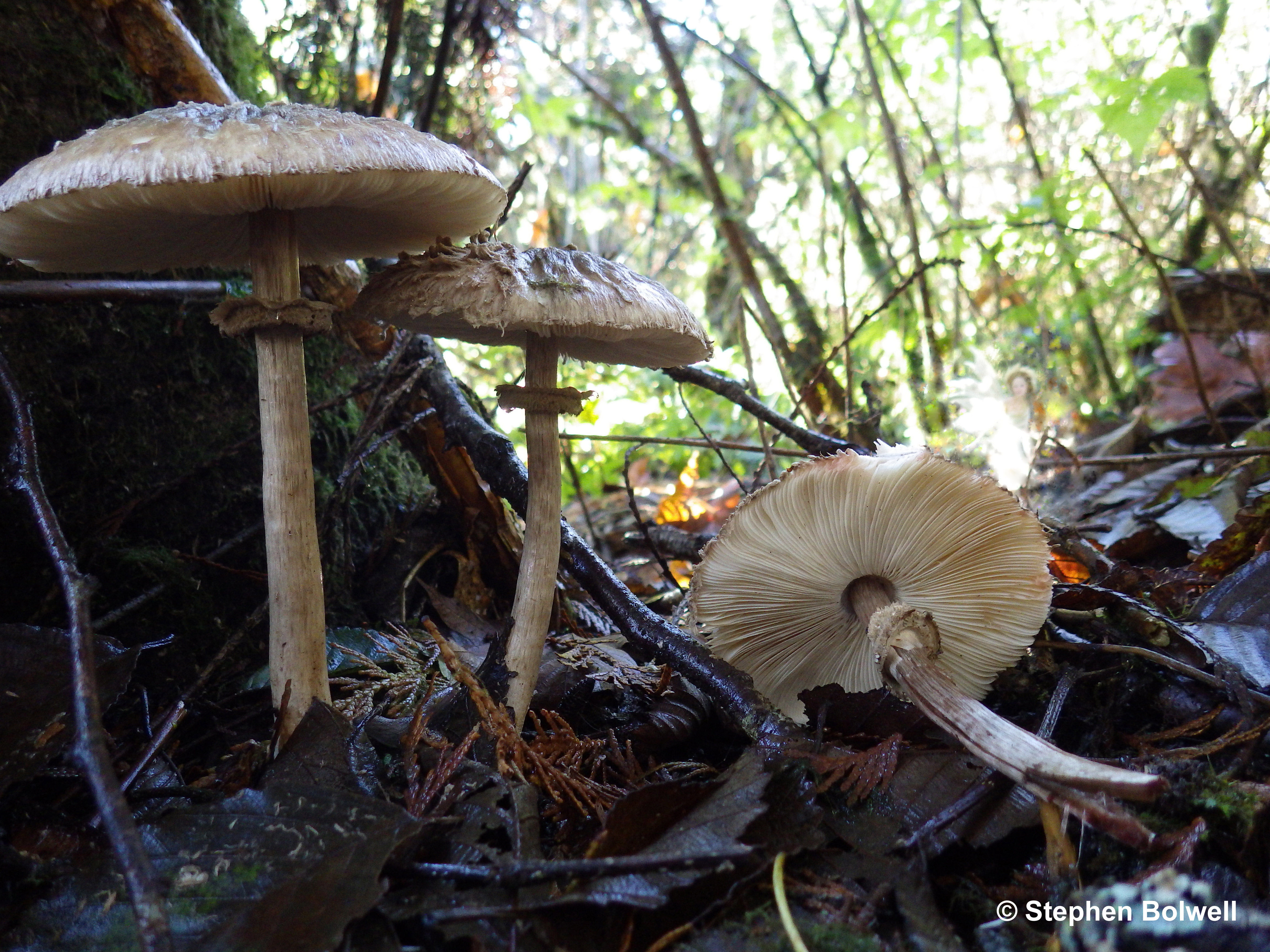
I grew up with film, but am now a great advocate of electronic systems. For years I dragged myself through the dark ages of emulsions carried on celluloid until, with the 21t Century, came improvements in digital photography that continue to the present day. With such advances, only a person with their feet set firmly in concrete, would go back and preferentially use film. Nostalgia is exactly what the word says – it has nothing to do with progress.
Having said that, a film negative might in the end last longer in storage than a digital image – only time will tell. Part of the problem lies in the rapidity with which storage methods are changing rather than the image itself. You might record a really great picture, but with technology now moving so fast, there will in future be limited options to view it.
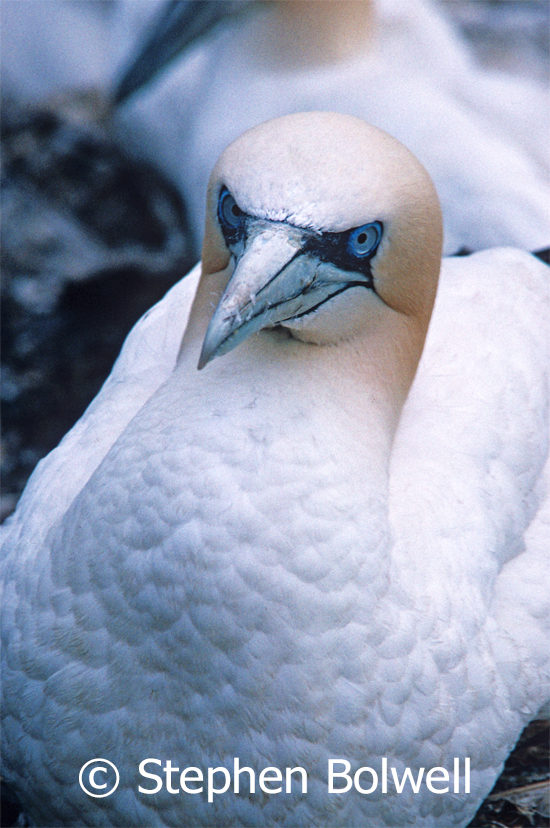 There is then a positive side to old methods, not only can film capture historically significant events and retain them, it can also provide old data to compare how things were in the past with how they are now and by extrapolation, how they will be in the future.
There is then a positive side to old methods, not only can film capture historically significant events and retain them, it can also provide old data to compare how things were in the past with how they are now and by extrapolation, how they will be in the future.
When videoing the gannets on Bass Rock back in 1993, I was told there were 18,000 gannets nesting on the island, but suspect that I ,or somebody else misinterpreted that figure by a factor of ten. The correct number is more likely to have been 180,000, because the number today runs at about 150,000 birds and I can’t imagine squeezing 162,000 more into the available space that I experienced on my first and only visit. Whatever the case this location now has the largest colony of nesting gannets in the Northern Hemisphere and that’s impressive.
This kind of colonial behaviour provides a good opportunity to note any changes in bird numbers over time by comparing old pictures with new; and technology is always improving the possibilities. Drones for example, might now fly directly overhead to provide more carefully standardised comparisons, and should be achievable without causing disturbance to the birds and at very little cost.
Animals that we wrongly term ‘from the lower orders’, insects for example, have populations that may fluctuate considerably from one year to another; and the same is true for many amphibians – their populations often rebounding very quickly because individuals can produce large numbers of offspring.
However, for animals that reproduce more slowly, the story is different: birds and mammals do not usually show such rapid fluctuations, although it is important to note that there are times when populations might rapidly change in line with predator prey relationships and strategies. It is nevertheless ironic that we have now hit upon photographic techniques that in future might record some animal populations more accurately at a time when so many of them are in rapid decline; this is almost exclusively down to our insatiable desire to utilise more of the Planet’s surface, whilst increasing human populations beyond reason.
The good news is that despite declining fish stocks the gannets on Bass Rock appear to be holding their own; which runs contrary to much that is happening in the natural world. Perhaps the best way to deal with present events is, at ‘the worst of times’, to react quickly to remedy a bad situation, whilst viewing more positively ‘the best of times’ fully celebrating the ups when they occur.
The success of a single colony of seabirds is certainly cause for celebration, and I consider myself fortunate to have witnessed this impressive natural wonder, moving as it is in the right direction against a general tide of bad environmental news to become the world’s largest gannet colony.
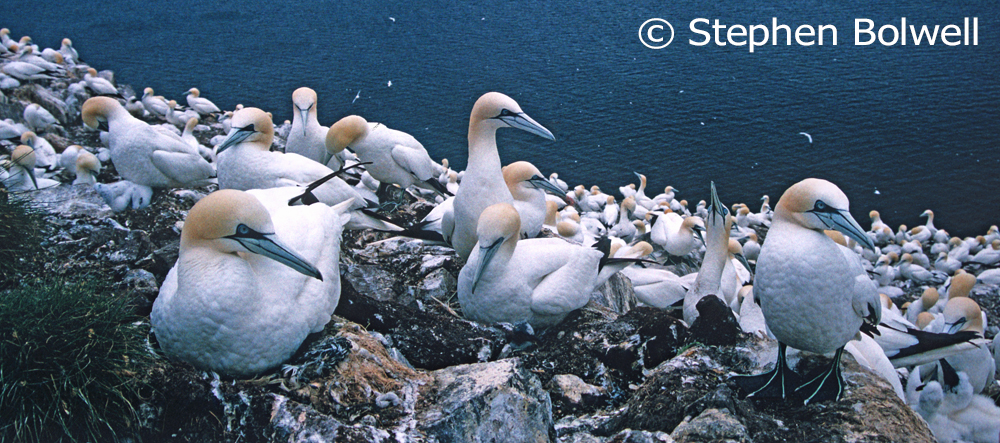
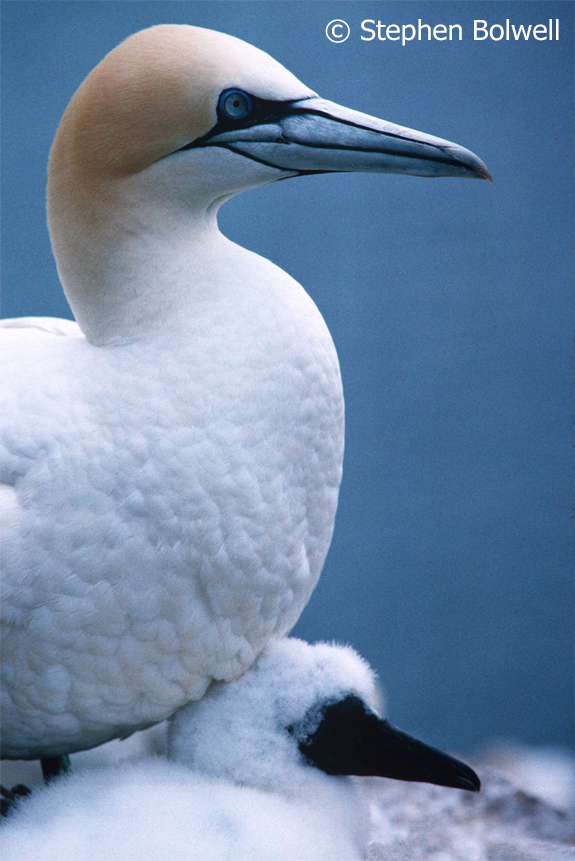
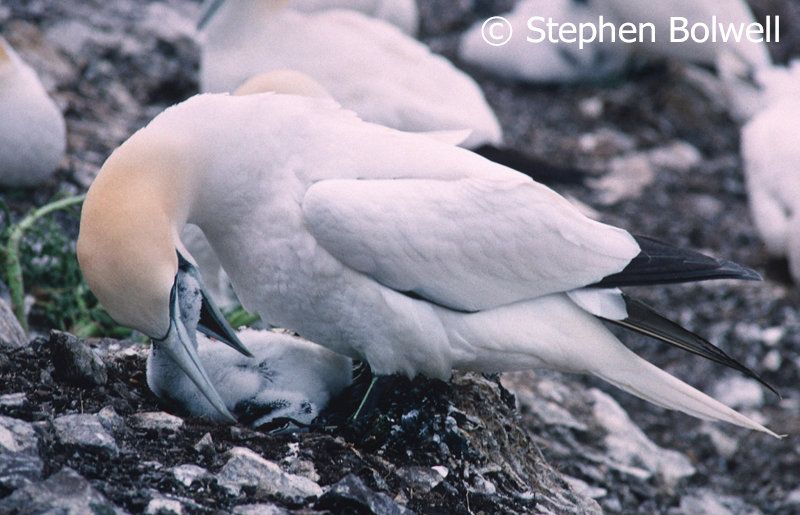
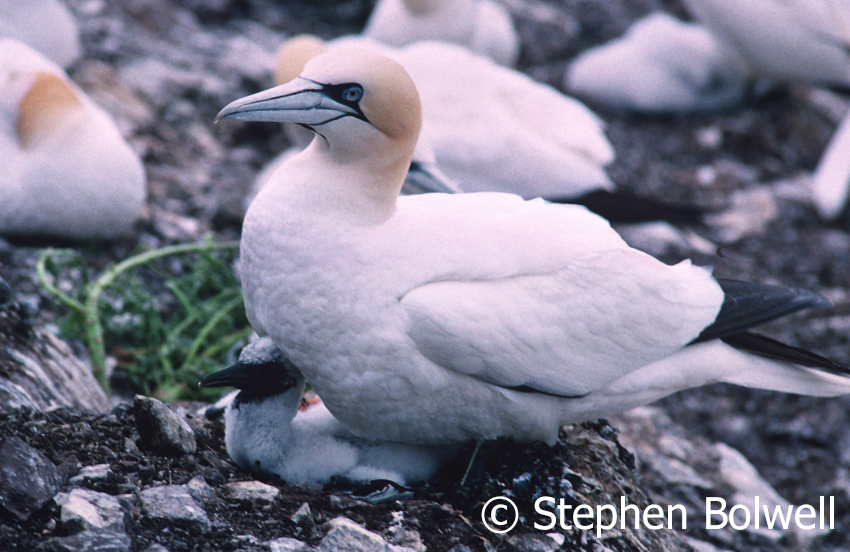
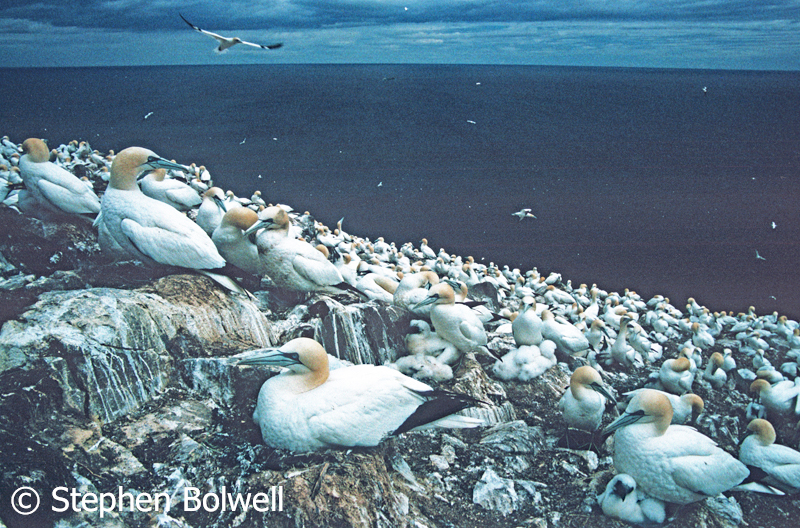
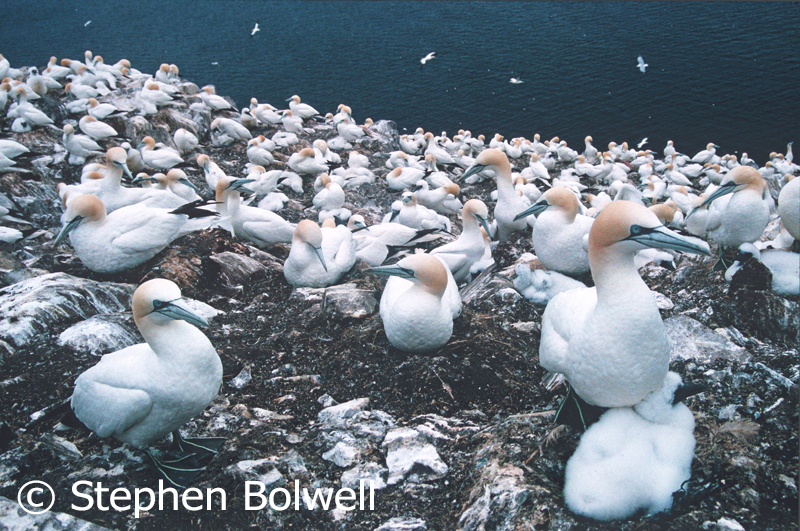
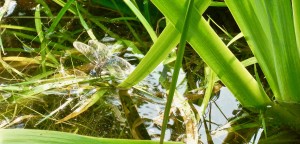
Great read as usual. I remember in the early eighties using Kodachrome 64 for ALL my wildlife and on the rare occasion 400. On a recent trip to Mexico is used everything from 400-12,800 especially in the deep jungle. Digital has opened up new opportunities that film could never offer. These days I really am more interested in documenting the flora and fauna rather than dwell too long on the finer details, besides as you mentioned, how are we to store all these images. The kids won’t want them. I’ve been donating mine to field guides and non-profit magazines. Finally I really think direct observation is the purest form but until then i’ll keep photographing, minimizing the process as I age.
Cheers
John
Thank you for your comment John. I agree. The one thing watching wildilife (with the intention of getting a picture) has going for it, is an increased awareness. Science often requires a very intensive and particular analysis when observations are made, and sometimes a whole lot of peripheral behaviour is ignored; but by just waiting with no particular agenda (other than taking a picture) there is an opportunity to observe. For those out there with their cameras – hopefully not making a nuisance of themselves – it is possible to wintess events that many people might not experience; and the simple process of observing can be as rewarding as the photograph itself.